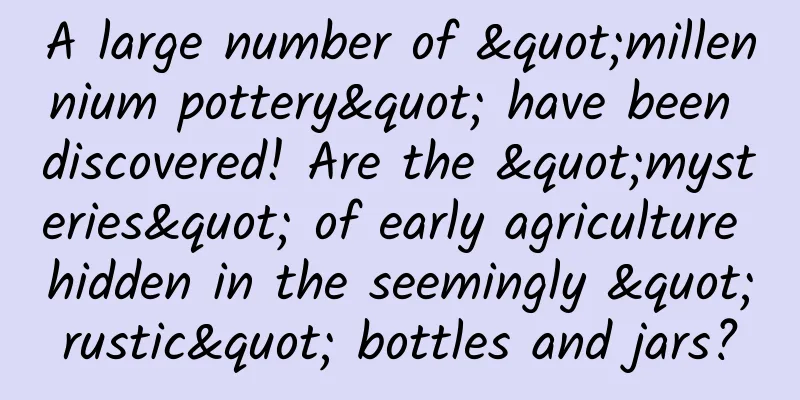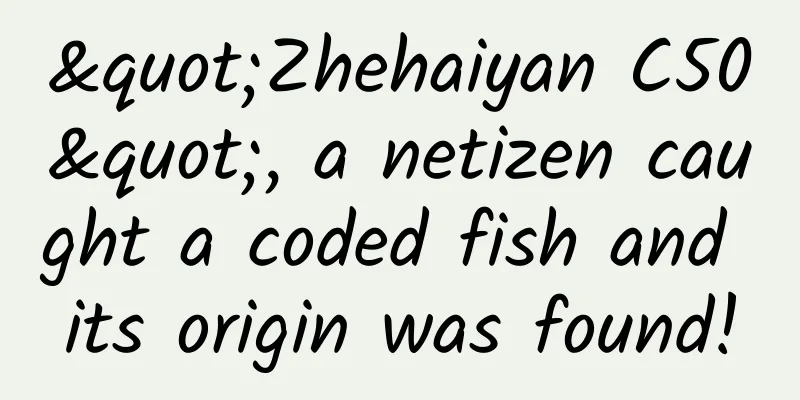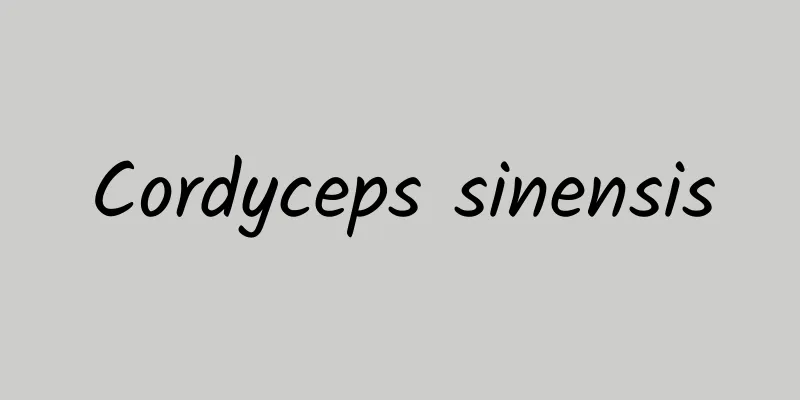A large number of "millennium pottery" have been discovered! Are the "mysteries" of early agriculture hidden in the seemingly "rustic" bottles and jars?

|
From October 25 to 27, the 40th anniversary of the discovery of the Xiatang site and the Archaeology China - Research Conference on the Formation of Early Rice-Growing Agricultural Society in the Middle and Lower Reaches of the Yangtze River were held in Xianju. Zhong Zhaobing, the person in charge of the Xiatang site archaeological project, deputy director of the Science and Technology Archaeology Office of the Zhejiang Provincial Institute of Cultural Relics and Archaeology, and research curator, reported the progress of the work and the latest discoveries to about 100 experts and scholars attending the meeting. The picture shows the remains of the trench found at the Xiatang site. Photo by Xinhua News Agency reporter Feng Yuan 01 The Xianju Xiatang Ruins Spanning 6,000 Years The Xiatang site is located in Xiatang Village, Hengxi Town, Xianju County, Taizhou City, Zhejiang Province. It was discovered in 1984 and was identified as a Neolithic site dating back 7,000 to 5,000 years. However, the reporter recently learned from the Zhejiang Provincial Institute of Cultural Relics and Archaeology that this site runs through the Neolithic Age, from nearly 10,000 years ago to about 4,000 years ago. The Xiatang site covers an area of about 30,000 square meters, with a cultural layer 2.5 meters thick. It has gone through four stages: Shangshan Culture, Kuahuqiao Culture, Hemudu Culture and Haochuan Culture, spanning the entire Neolithic Age and setting a historical benchmark for Neolithic archaeological culture in southern Zhejiang. 02 Ten thousand year old pottery, thousand year old rice fields Through archaeological excavations, researchers found that the ancestors dug two trenches at that time. The inner trench was from the Shangshan culture and Kuahuqiao culture periods, which is the period from 10,000 to 7,000 years ago, while the outer trench was from the Haochuan culture period, about 4,500 to 4,000 years ago. On the central terrace surrounded by the trench, archaeologists discovered more than 10 artificial earth platforms from the Shangshan culture period, most of which were distributed with groups of artifact pits. Pottery cups, pottery pots, cylindrical jars, flat-bottomed jars... These seemingly "rustic" pottery have a history of about 10,000 years. In the archaeological work of the Xiatang site, such "millennium pottery" was discovered in batches. In addition, ancient rice fields from the Haochuan culture period were also discovered outside the site. The important discoveries of Xiatang site are not limited to this. Four architectural remains, one agricultural processing remains, and many tombs were also discovered at the site. Among them, there is a high-level tomb with more than 20 pieces of funerary pottery found in it. This is the largest and highest-level tomb discovered so far in the archaeological excavation of Shangshan culture. Xiatang site is the site with the most complete settlement elements, the clearest structure, and the richest connotation among the Shangshan culture sites that have been excavated so far. 03 Uncovering the conditions of early agricultural society The biggest discovery is the preliminary revelation of the status of early agricultural society. Zhao Hui, a first-level professor at Peking University, told reporters that in the Neolithic Age, dry farming was the norm in northern China and rice farming was the norm in southern China. As archaeological work progresses, more and more evidence now shows that the Xiatang site was based on rice farming and was an important node. The Xiatang site was included in the "Archaeology of China - Research on the Formation of Early Rice Farming Society in the Middle and Lower Reaches of the Yangtze River" project of the State Administration of Cultural Heritage in 2022. Over the years, the Xiatang site has provided empirical samples of the origin of rice farming in the world. The unearthed carbonized rice and stone millstones, stone millstones and other processed stone tools, as well as agricultural processing plants of a certain scale, and the newly discovered rice field remains from the Haochuan culture period, together present the basic features of early rice farming production in the lower reaches of the Yangtze River, providing a very important sample for China's early agricultural society, especially rice farming society. Comprehensive sources: Xinhua News Agency, China National Radio, etc. |
<<: World Stroke Day | Let’s take an adventure into the “secret world” of the brain
Recommend
What are the medicinal values of hedgehog?
The quills of porcupine are referred to as quills...
The efficacy and function of Houttuynia cordata leaves
Houttuynia cordata root is a perennial herb, 30 t...
What is Amomum villosum
Amomum villosum is a common medicinal material in...
Smart Autumn Harvest | "New Employees" in the Tomato Planting Greenhouse Report
Produced by: Science Popularization China Author:...
What other uses does the body painting of indigenous Africans have besides decoration?
In some primitive tribes in Africa, Australia, Pa...
It produces 20% of Earth's oxygen, but is now dying...
For most life on Earth, they need to breathe oxyg...
Sunbathing on hot days is a trend all over the internet? Don’t blindly follow the trend if you don’t understand these things
What was the most exciting thing recently? That m...
I heard that AI red envelope covers are super profitable
If ordinary people want to make money using AI, t...
Who conducted the experiment that Einstein called "the most beautiful experiment in physics"?
In 1895, Roentgen discovered X-rays, but what exa...
What are the hazards of applying Chinese medicine on the face
Traditional Chinese medicine is very popular nowa...
Killing one overwintering mosquito is equivalent to killing thousands of second-generation mosquitoes? It turns out that mosquitoes hide in these places in winter...
"Buzz buzz buzz~buzz buzz buzz", haven&...
What are the effects of Shengdi Maidong Decoction?
Traditional Chinese medicine theory covers almost...
Polygonum multiflorum soaked in water
Polygonum multiflorum is a good medicinal materia...
Ministry of Commerce: In 2025, the national online New Year's Festival retail sales will exceed 700 billion yuan, setting a new record
The Ministry of Commerce announced at a press con...
Technology News丨China's high-speed rail operating mileage exceeds 40,000 kilometers; Early Warring States tombs discovered in Henan
【Today’s cover】 Recently, the Taihang Banshan Mou...









